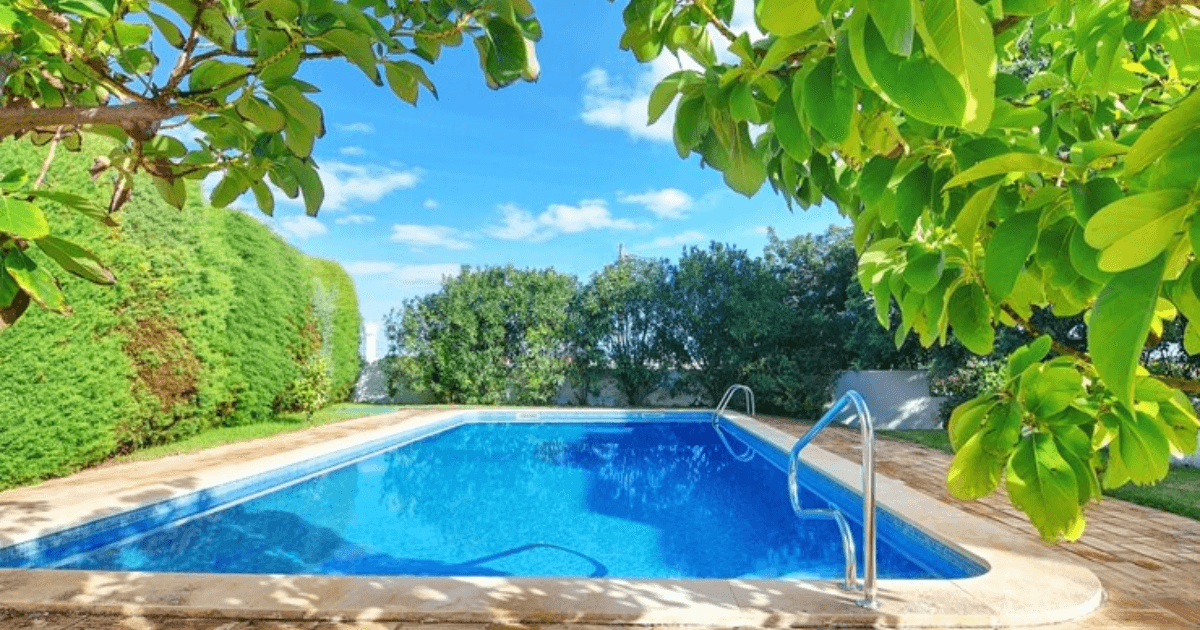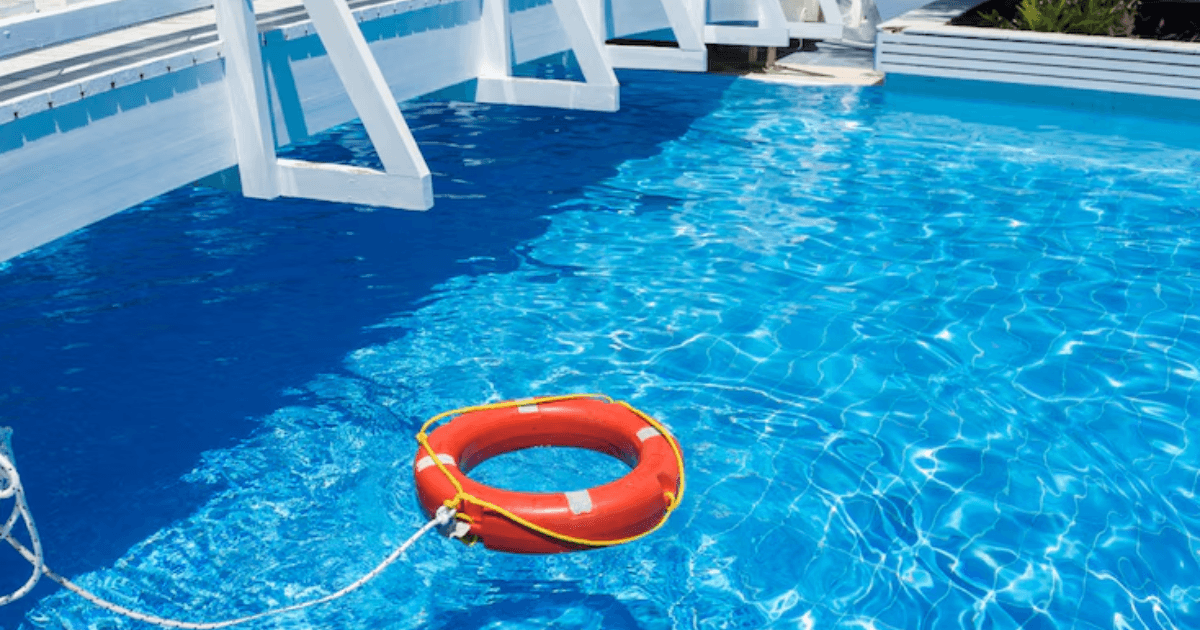Introduction
Gunite pools are the ideal choice and a great investment for homeowners to own since they are durable, adaptable design, and aesthetically pleasing. Like any other investment, the need correct maintenance and proper gunite pool repair to extend their lifetime and enable their continued great shape. Maintaining good condition of your pool depends mostly on routine gunite pool repair. Quick small item repairs help to prevent more major issues down-stream and prolong the lifetime of your pool.
This post will explain the significance of gunite pool repair and how it can extend the life of your pool.
What Is a Gunite Pool?

Carefully spraying a mixture of cement, sand, and water onto an over steel-reinforced framework creates a gunite pool. Your pool can be in many forms and sizes using this approach. One of the materials homeowners pick for a long-lasting pool is this one since it is so robust and flexible.
Though they are quite robust, gunite pools can develop some issues with time. Cracks, leaks and surface damage resulting from this will call for gunite pool repair to keep your pools in good operating order.
Common Gunite Pool Issues

Gunite pools will have several difficulties over years from continuous chemical exposure, weather, and frequent use. The most often occurring gunite pool repairs are listed here:
- Cracks: Bad installation and ground movement mostly blame for this, thus age is definitely a consideration. Fixing it right away is smart; otherwise, over time significant water loss may result.
- Plaster Deterioration: The pool shell on the surface essentially lasts ten years or even more, but it starts to fade after that. Your pool may become uncomfortable, scratchy, and occasionally it feels not very pleasant on your feet.
- Leaks: Although they can be challenging to find, pool leaks could result in significant water loss, more monthly bills, and maybe structural damage if not addressed early on.
- Staining and Discolouration: Using different minerals and chemicals in water over time will cause different staining and discolouration issues that reduce the visual attractiveness of your pool surface.
Why Timely Gunite Pool Repair is Crucial
Ignoring the need for gunite pool repair could cause some rather costly issues. You just have to give repairs top priority if you wish your pool to last.
1. Strain Structural Damage
Leaks or cracks in a gunite pool could over time compromise the pool’s integrity. Ignoring these issues could lead to more damage, including slinking of the steel scaffolding or pool covering movement. Frequent inspections and repairs will help to avoid structural problems, so sparing expensive overhauls.
3. Cut Water Costs
Whether it’s a tiny drip or a big leak, you have to monitor your pool leaks. Ignoring this could cause a noticeable water loss and greatly raise your water bills. Like everything else, the sooner you can identify and address those leaks in your gunite pool repair schedule, the more water you will help save in addition to cutting any expenses.
4. Preserve Pool Aesthetics
Your pool may seem aged and unattractive from cracks, stains, or rough surfaces. Not only does a well-kept pool look better but it also offers a more fun swimming experience. Frequent gunite pool repair will help your pool look new and fresh once more.
5. Increase Pool Life Span
Regular gunite pool repair offers one of the main benefits in terms of pool lifespan extension. Good maintenance guarantees that little problems don’t become more serious ones requiring expensive repairs or even total pool replacement.
How to Identify When Your Gunite Pool Needs Repair
You should be alert for indicators suggesting possible repairs for your gunite pool. Some common signs are:
- Clearly visible surface cracks in the pool
- Faster than usual pool water level drop indicates a leak.
- Rough or irregular surfaces
- stains difficult for regular cleaning to eliminate
If you observe any of Indications for Gunite Pool Repair, you should see a professional knowledgeable in gunite pool maintenance.
Conclusion
Though they are a great investment, gunite pools need consistent maintenance to maximise their lifetime, just as any investment. Preventing structural damage, saving water costs, preserving aesthetics, and finally guaranteeing your pool serves you well for many years depend on regular gunite pool repair.
Early on small repairs will help you prevent more expensive repairs later on, so ensuring that your pool stays a lovely, useful feature of your house for years to come.
Don’t wait if your gunite pool is showing wear, arrange a professional gunite pool repair right away to keep your pool in perfect shape.






